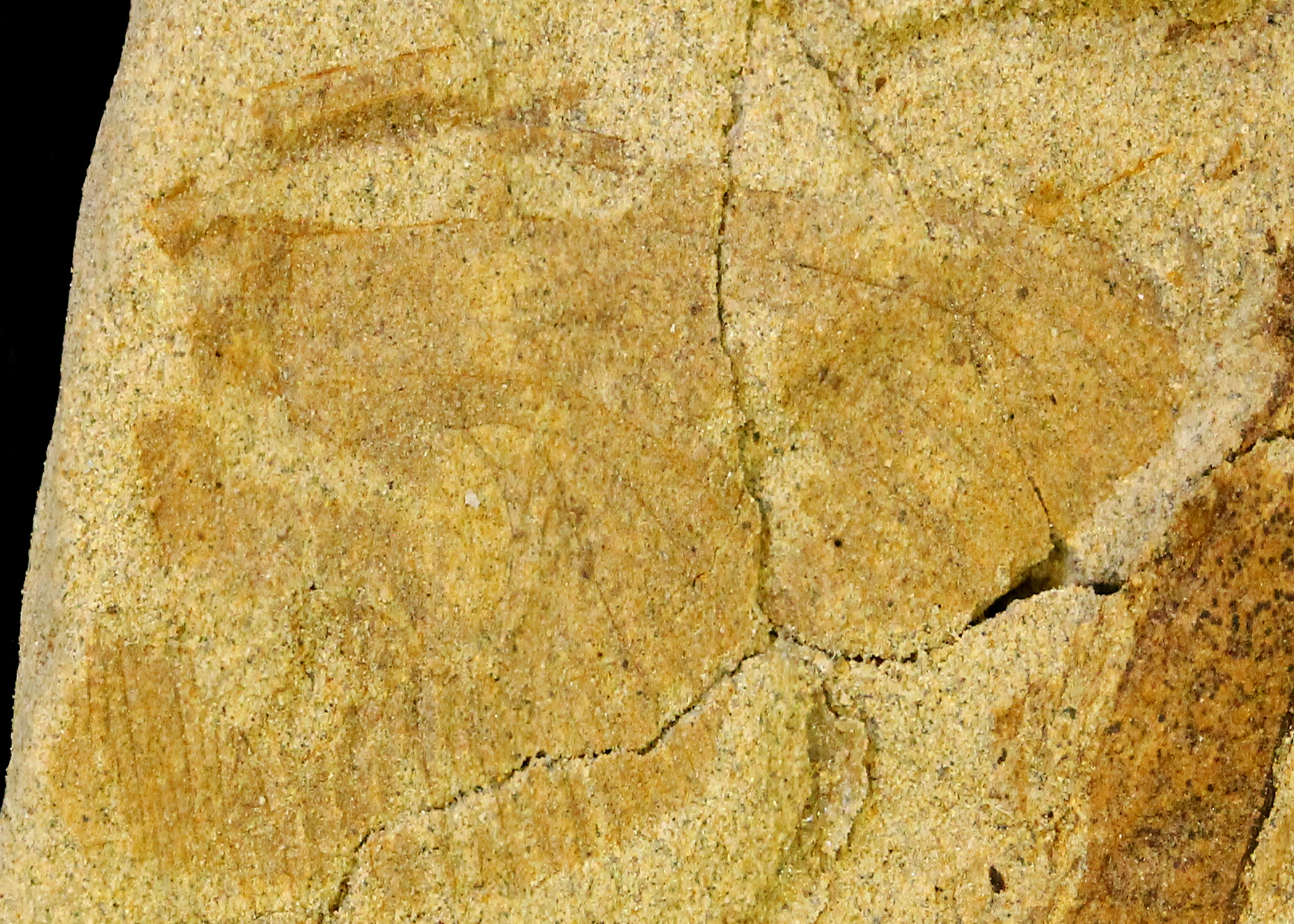Abstract
Gaps in the fossil record are the major challenge for estimations of impacts of crises of biodiversity of the various clades. They can lead to important misinterpretations in the effects of the different events on the fauna and flora. It is especially the case for the end-Cretaceous, which is ‘near the midpoint of a 16-million-year gap in the insect fossil record’ (Schachat & Labandeira, 2021: 111). All the important Cretaceous insect Konzentrat Lagerstätten are before the Turonian. The analysis of Schachat et al. (2019) has reconstructed a massive loss of family-level diversity for the insects at the boundary Cretaceous-Cenozoic, a possible artefact due to this gap. An alternative scenario was that a turnover in the entomofauna occurred during the early Late Cretaceous in relation to the floristic changes of the Albian–Cenomanian (Nel et al., 2018). This turnover would have also affected the aquatic insects through important changes in the freshwater environments (Sinitshenkova & Zherikhin, 1996; Ivanov & Sukatsheva, 2002). The current knowledge on the odonatan fossil record suggests a pronounced turnover with the last records of several major clades during the Cenomanian-Turonian and first records of several modern ones during the same period (Nel et al., 2015). The widespread and very diverse Jurassic-Cretaceous family Aeschnidiidae is among the best examples of such extinctions supposed to have occurred after the Cenomanian, because of the absence of any fossil in younger strata.
References
- DePalma, R., Cichocki, F., Dierick, M. & Feeney, R. (2015) Preliminary notes on the first recorded amber insects from the Hell Creek Formation. The Journal of Paleontological Sciences C, 10.0001, 1–7.
- Fabricius, J.C. (1793) Entomologia systematica emendata et aucta, secundum classes, ordines, genera, species, adjectis synonymis, locis, observationibus, descriptionibus. Tom. II. C.G. Proft, Hafniae [= Copenhagen], 1–519. https://doi.org/10.5962/bhl.title.122153
- Fastovsky, D.E. & Bercovici, A. (2016) The Hell Creek Formation and its contribution to the Cretaceous-Paleogene extinction: a short primer. Cretaceous Research, 57, 368–390. https://doi.org/10.1016/j.cretres.2015.07.007
- Fleck, G. & Nel, A. (2003) Revision of the Mesozoic family Aeschnidiidae (Odonata: Anisoptera). Zoologica, 153, 1–180.
- Hartman, J.H., Johnson, K.R. & Nichols, D.J. (2002) The Hell Creek Formation and the Cretaceous-Tertiary boundary in the Northern Great Plains: an integrated continental record of the end of the Cretaceous. Geological Society of America Special Paper, 361, 1–520. https://doi.org/10.1130/SPE361
- Ivanov, V.D. & Sukatsheva, I.D. (2002) Order Trichoptera Kirby, 1813—The caddisflies. In: Rasnitsyn, A.P. & Quicke, D.L.J. (Eds), History of insects. Kluwer Academic Publishers, Dordrecht, The Netherlands, pp. 199–219.
- Labandeira, C.C., Johnson, K.R. & Lang, P. (2002) Preliminary assessment of insect herbivory across the Cretaceous/Tertiary boundary: major extinction and minimum rebound. In: Hartman, J., Johnson, K.R. & Nichols, D.J. (Eds), The Hell Creek Formation of the northern Great Plains. Geological Society of America, Special Paper, 361, 297–327. https://doi.org/10.1130/0-8137-2361-2.297
- Martill, D.M. & Nel, A. (1996) A new dragonfly from the Crato Formation (Lower Cretaceous, Aptian) of N.E. Brazil. Neues Jahrbuch für Geologie und Paläontologie, Monatshefte, 1996, 279–292. https://doi.org/10.1127/njgpm/1996/1996/279
- Needham, J.G. (1903) A genealogic study of dragonfly wing venation. Proceedings of the United States National Museum, 26, 703–764. https://doi.org/10.5479/si.00963801.26-1331.703
- Nel, A., DePalma, R.A. & Engel, M.S. (2010) A possible hemiphlebiid damselfly in Late Cretaceous amber from South Dakota (Odonata: Zygoptera). Transactions of the Kansas Academy of Science, 113, 231–234. https://doi.org/10.1660/062.113.0312
- Nel, A., Fleck, G., Garcia, G., Gomez, B., Ferchaud, P. & Valentin, X. (2015) New dragonflies from the lower Cenomanian of France enlighten the timing of the odonatan turnover at the Early–Late Cretaceous boundary. Cretaceous Research, 52, 108–117. https://doi.org/10.1016/j.cretres.2014.08.005
- Nel, P., Bertrand, S. & Nel, A. (2018) Diversification of insects since the Devonian: a new approach based on morphological disparity of mouthparts. Scientific Reports, 8 (3516), 1–45. https://doi.org/10.1038/s41598-018-21938-1
- Northrop, S.A. & Cockerell, T.D.A. (1928) Beetles from the Fox Hill Cretaceous strata of South Dakota. American Journal of Science, (5), 15, 28–38. https://doi.org/10.2475/ajs.s5-15.85.28
- Peppe, D.J., Erickson, J.M. & Hickey, L.J. (2007) Fossil leaf species from the Fox Hills Formation (Upper Cretaceous: North Dakota, USA) and their paleographic significance. Journal of Paleontology, 81, 550–567. https://doi.org/10.1666/05067.1
- Pritykina, L.N. (1993) First dragonflies (Odonata: Aeschnidiidae) from the Cenomanian of Crimea. Paleontological Journal, 27 (1A), 179–181.
- Roehler, H.W. (1993) Stratigraphy of the Upper Cretaceous Fox Hills Sandstone and adjacent parts of the Lewis Shale and Lance Formation, East Flank of the Rock Springs Uplift, Southwest Wyoming. U.S. Geological Survey Professional Paper, 1532, i–v + 1–57. https://doi.org/10.3133/pp1532
- Schachat, S.R. & Labandeira, C.C. (2021) Are insects heading toward their first mass extinction? Distinguishing turnover from crises in their fossil record. Annals of the Entomological Society of America, 114, 99–118. https://doi.org/10.1093/aesa/saaa042
- Schachat, S.R., Labandeira, C.C., Clapham, M.E. & Payne, J.L. (2019) A Cretaceous peak in family-level insect diversity estimated with mark–recapture methodology. Proceedings of the Royal Society (B), 286 (20192054), 1–8. https://doi.org/10.1098/rspb.2019.2054
- Sinitshenkova, N.D. & Zherikhin, V.V. (1996) Mesozoic lacustrine biota: extinction and persistence of communities. Paleontological Journal, 30, 710–715.


